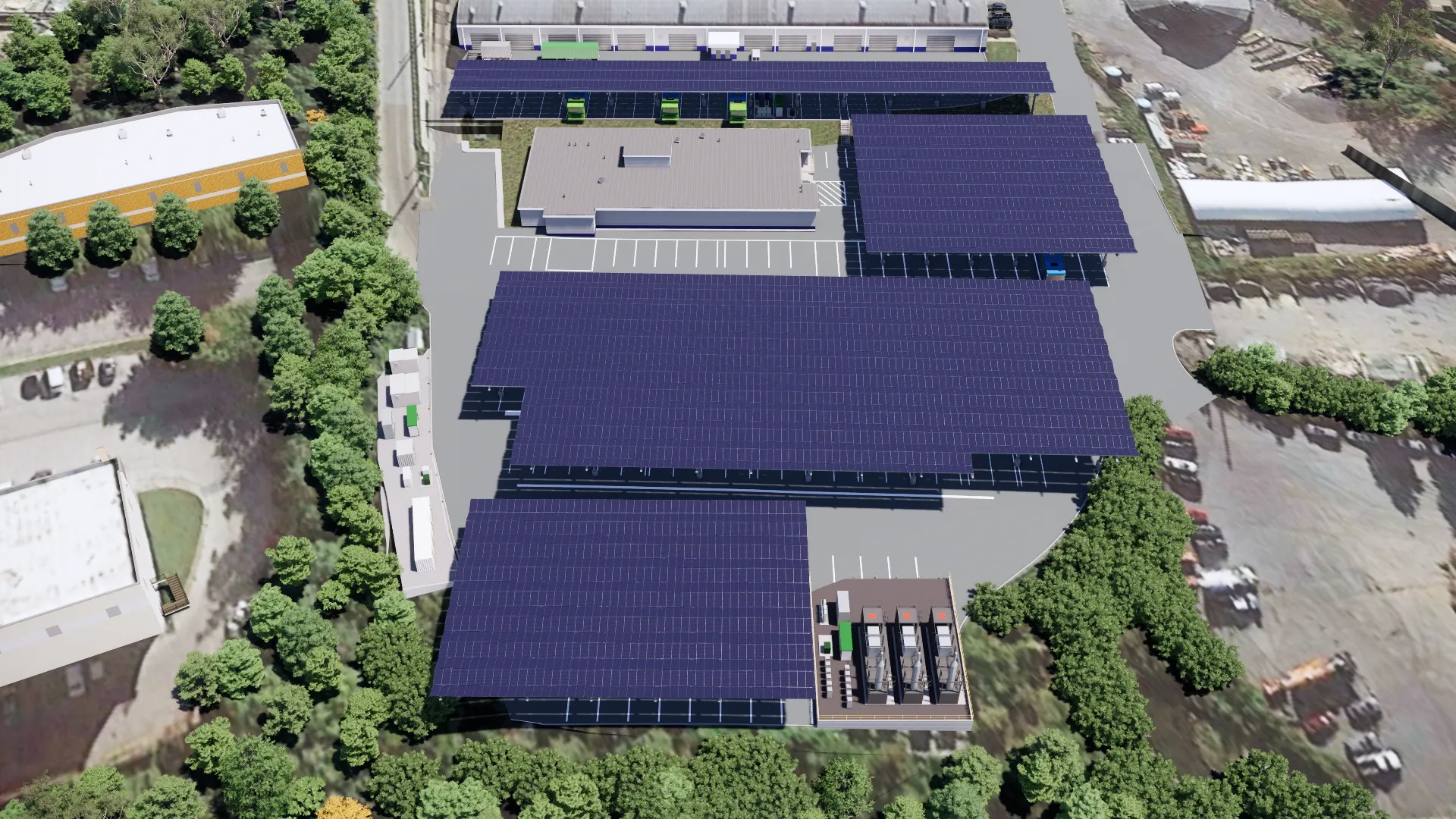“Scalability of energy-efficient powertrain systems is pivotal in meeting CO2 and fuel economy targets. Having a sustainable technology-sharing strategy moves OEMs closer to fuel economy targets with optimum costs, while keeping vehicles affordable for buyers,” said Frost & Sullivan intelligent mobility research analyst Sudeep Kaippalli. “Joint ventures between suppliers and OEMs will be key to achieve standard emission results and testing procedures, thereby reducing compliance costs.”
Global Powertrain Outlook provides an analysis of powertrain technologies and looks at trends, industry dynamics and significant vehicle, engine and transmission launches that will shape the industry this year and beyond. Major markets include Europe, North America, Brazil, China, India, Japan, South Korea, and Turkey.
Turkey is gearing up for Euro 6 this year, while India will have new standards implemented in 2020. All regions will continue to witness strong growth for electrified propulsion. Europe, US and South Korea will drive the uptake of hybrid and electric vehicles through stringent standards and will encourage the use of low-emission technologies.
Factors driving powertrain growth include technologies such as Miller cycle engines, electric boost, and friction-optimised transmissions will have a much stronger role to play in making powertrains fuel and energy efficient.
Growing OEM focus on engine rightsizing, especially for crossovers and sport utility vehicles (SUVs), provides better power output and keeps nitrogen oxide (NOx) under control, as required by RDE and worldwide-harmonised light vehicles (WLTP) testing.
Rigorous changes are being made to gasoline and diesel vehicles in terms of engine design, optimisation, and calibration of advanced technologies, such as boosting and fuel injection.
Sharing of core powertrain elements, such as boosting systems, valve actuation, and injection systems across models in and between segments minimises research and development costs and product development times.
OEM and global suppliers are realising homogeneous charge compression ignition (HCCI).
“OEMs will adopt standardised technical services to test and issue test results that will be monitored by regulatory authorities. This will result in reduced emissions for newly launched vehicles and create awareness among consumers,” noted Kaippalli. “The use of portable emission monitoring systems will further force OEMs to adopt selective catalytic reduction (SCR) technology to limit nitrous oxide emission and comply with testing.”
Global powertrain market experience immense growth, say researchers
The latest report from Frost & Sullivan indicates that the global powertrain market is experiencing immense growth as new low-emission technologies such as engine downsizing and rightsizing; direct injection; turbocharging; transmission electrification; and electric vehicle (EV), hybrid and gasoline engines transform the industry. Original equipment manufacturers (OEMs) are embracing platform strategy as a tool to improve the energy efficiency of powertrain systems and to achieve fleet level CO2 compliance
April 21, 2017
Read time: 3 mins
The latest report from 2097 Frost & Sullivan indicates that the global powertrain market is experiencing immense growth as new low-emission technologies such as engine downsizing and rightsizing; direct injection; turbocharging; transmission electrification; and electric vehicle (EV), hybrid and gasoline engines transform the industry. Original equipment manufacturers (OEMs) are embracing platform strategy as a tool to improve the energy efficiency of powertrain systems and to achieve fleet level CO2 compliance in a sustainable and cost efficient manner.








